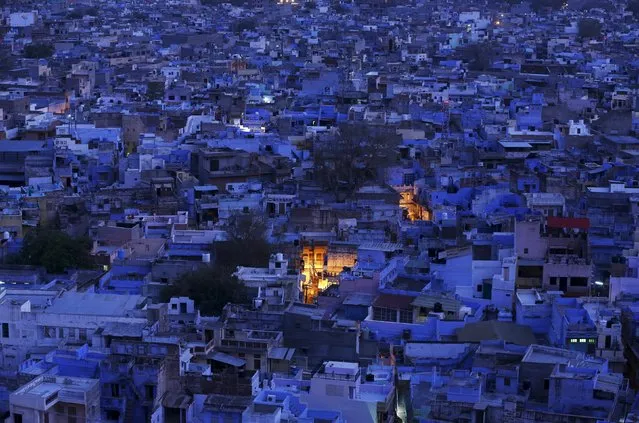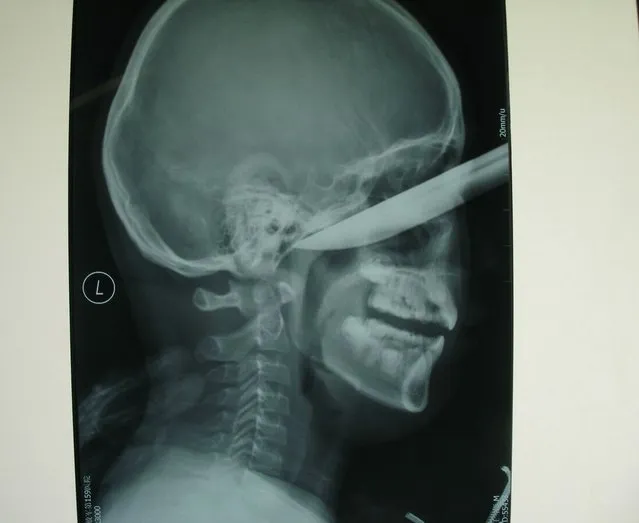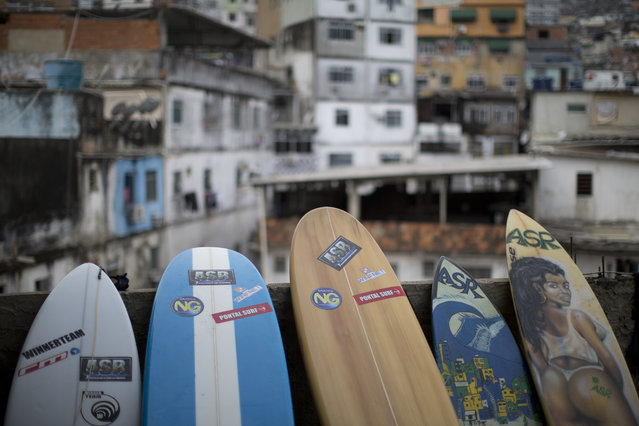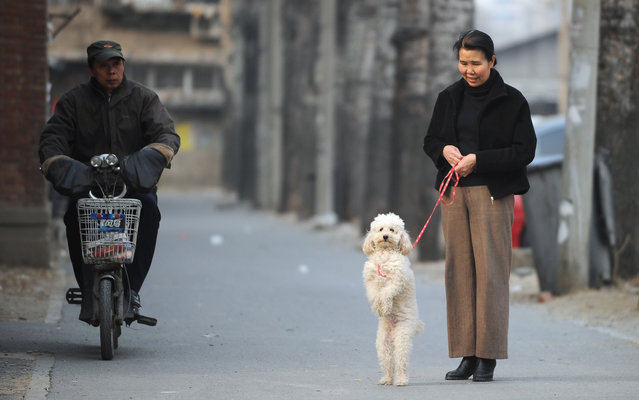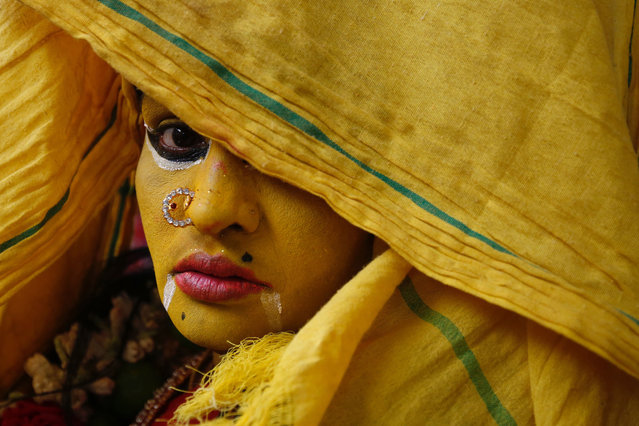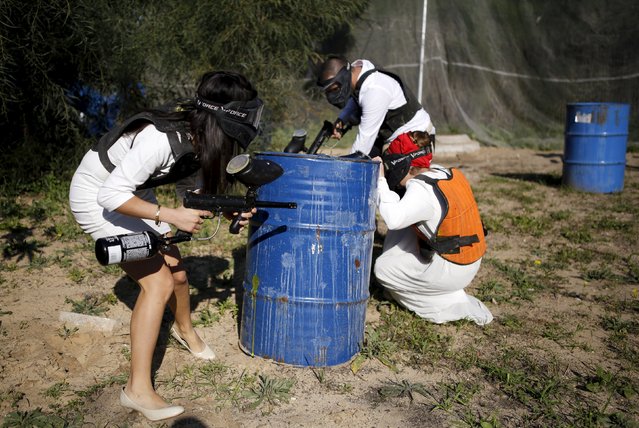
Israeli couples attend a “trash the dress” event at a paint-ball venue in the southern Israeli city of Ashdod, December 25, 2015. Twelve Israeli couples wore their wedding outfits once again on Friday as they took part in a video clip where they deliberately ruined their wedding outfits, in keeping with the trendy wedding style photography dubbed “trash the dress”. (Photo by Amir Cohen/Reuters)
27 Dec 2015 08:01:00,post received
0 comments

